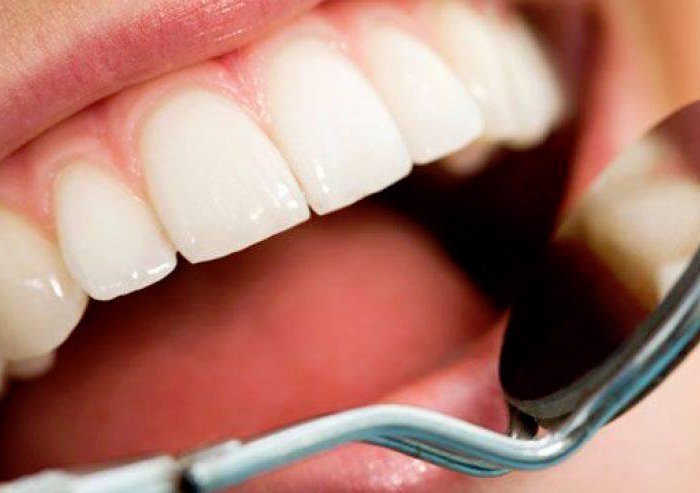 People who have severe gum disease are likely to also suffer from type 2 diabetes, researchers reported in a study published online in the journal BMJ Open Diabetes Research & Care. The findings may lead to dentists recommending that patients with gum disease—also known as periodontitis—be screened for diabetes, allowing earlier detection of the disease and preventing some of its long-term complications.
People who have severe gum disease are likely to also suffer from type 2 diabetes, researchers reported in a study published online in the journal BMJ Open Diabetes Research & Care. The findings may lead to dentists recommending that patients with gum disease—also known as periodontitis—be screened for diabetes, allowing earlier detection of the disease and preventing some of its long-term complications.
The researchers studied 313 mostly middle-aged individuals who attended a university dental clinic. Of these subjects, 109 were free of gum disease, 126 had mild to moderate gum disease, and 78 had a severe form of periodontitis that involved the teeth’s supporting structures.
Some risk factors for diabetes including high blood pressure and high cholesterol were similar among all the people included in the study. However, participants with severe gum disease weighed significantly more with an average body mass index (BMI) of 27 or higher. In addition, people with mild to moderate gum disease also had more relatives with diabetes compared with individuals who had either severe gum disease or healthy gums.
The study authors evaluated HbA1C blood levels, a measurement of the average blood sugar level in the body over the past two to three months. A person is considered pre-diabetic when their HbA1C level is 39-47 mmol/l. If a person has a value higher than this, they fall into the diabetic category.
People who had the most severe gum disease also had the highest HbA1C levels. Their average HbA1C value was 45 mmol/l (6.3%), compared with 43 mmol/l (6.1%) in people with mild to moderate gum disease and 39 mmol/l (5.7%) in individuals with healthy gums.
When using the American Diabetes Association guidelines for diagnosis, the researchers found that there were significantly more people with suspected diabetes and pre-diabetes among those with severe and mild to moderate gum disease compared with controls. In the severe gum disease group, 23% had suspected diabetes and 47% had pre-diabetes. In the mild/moderate periodontitis groups, 14% had suspected diabetes and 46% had pre-diabetes. Among the participants with healthy gums, 37% had pre-diabetes, while 10% had suspected diabetes.
In all three groups, researchers detected previously undiagnosed cases of diabetes: 8.5% of people with healthy gums, just under 10% of individuals with mild to moderate gum disease, and almost one in five (18%) of those with the severe form.
Because this is an observational study, results are not conclusive. However, according to the researchers, “This confirms the assumption that severe periodontitis could be an early sign of undiagnosed diabetes.”
The study authors believe the results warrant recommending screening for undiagnosed diabetes in dental practices, especially patients with the most severe gum disease. Detecting diabetes early would reduce many of its microvascular and macrovascular complications. Likewise, diagnosing diabetes early might help lower the risk of tooth loss linked to long-term, untreated severe gum disease.
Source: Wijnand J Teeuw, Madeline X F Kosho, Dennis C W Poland, Victor E A Gerdes, Bruno G Loos. Periodontitis as a possible early sign of diabetes mellitus. BMJ Open Diabetes Research & Care. 2017;5(1). http://dx.doi.org/10.1136/bmjdrc-2016-000326











